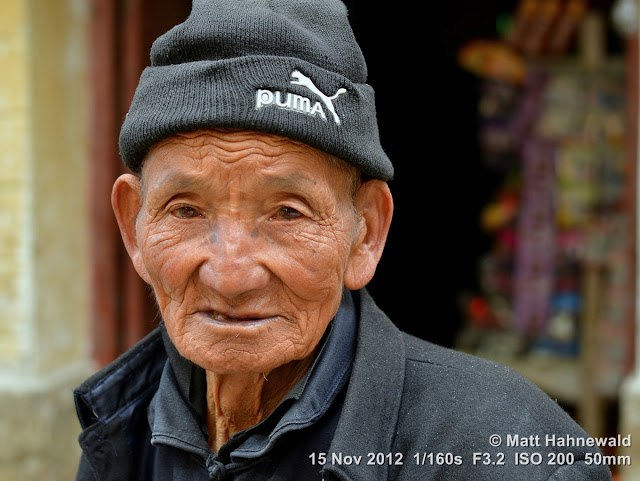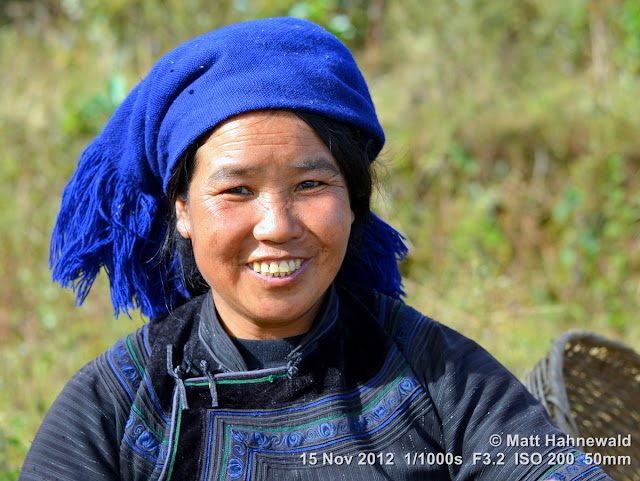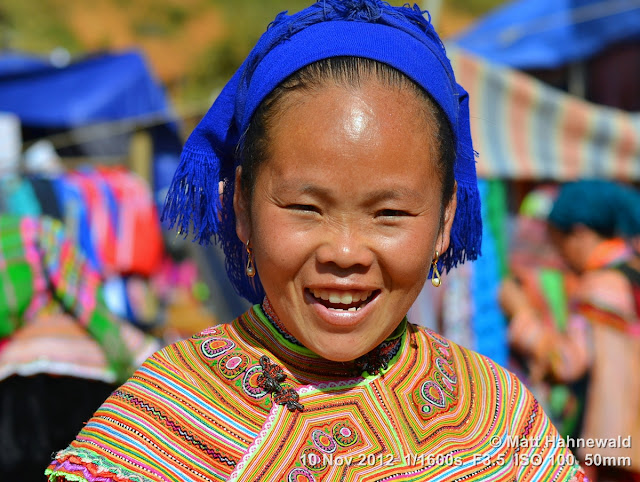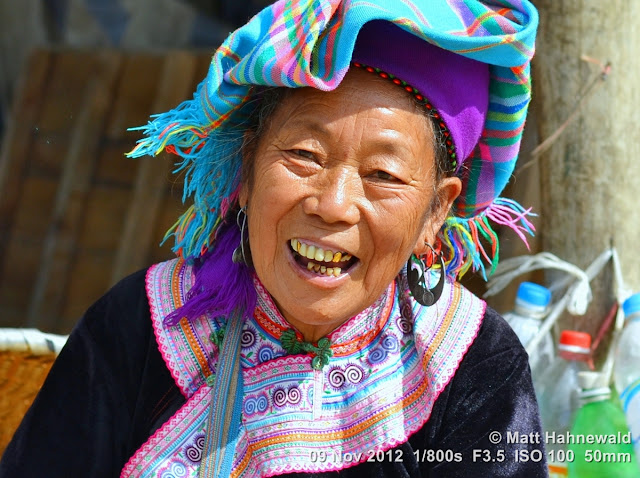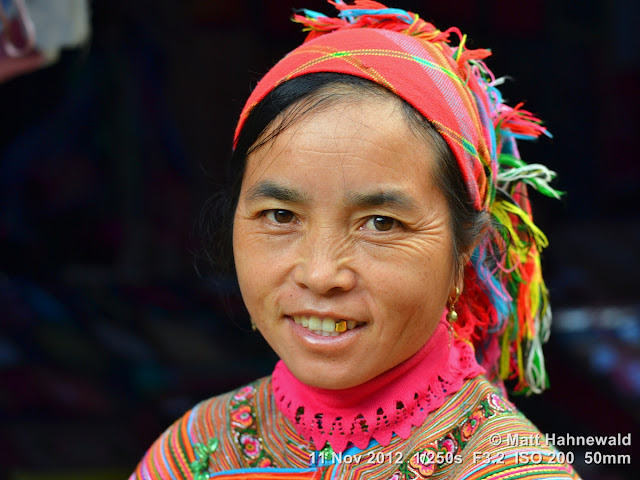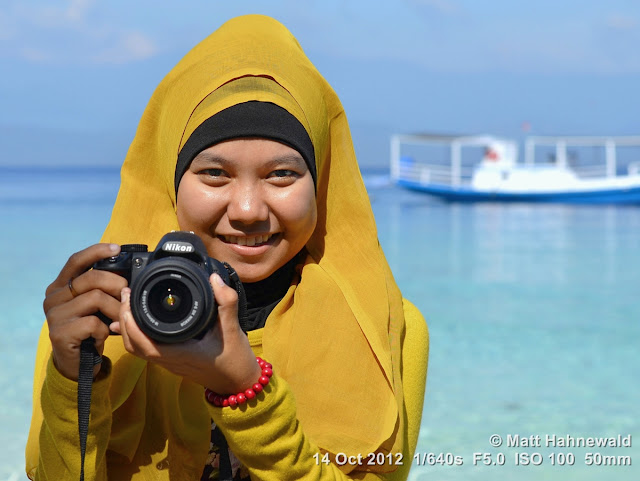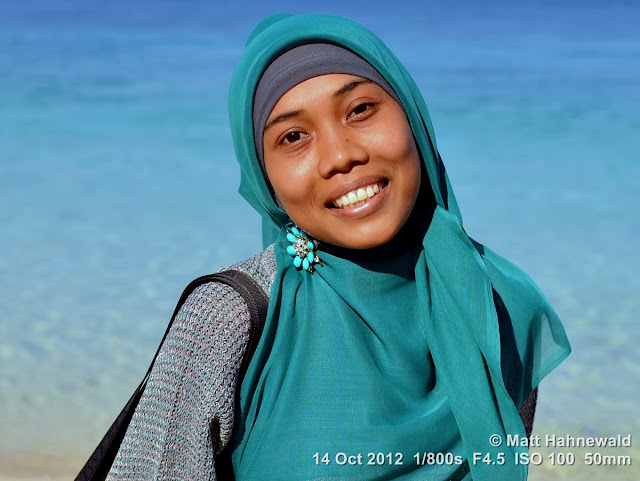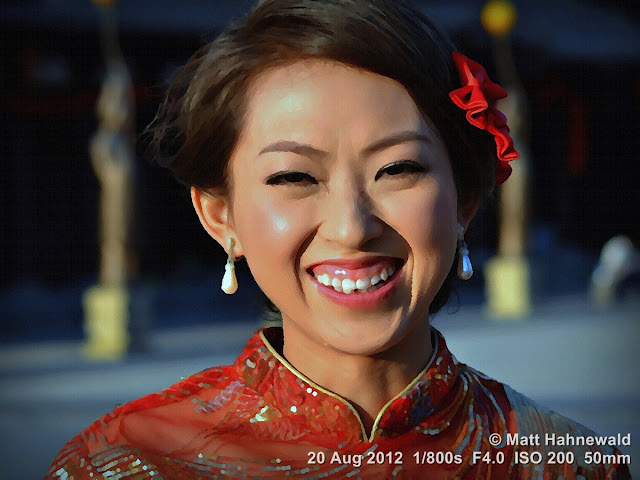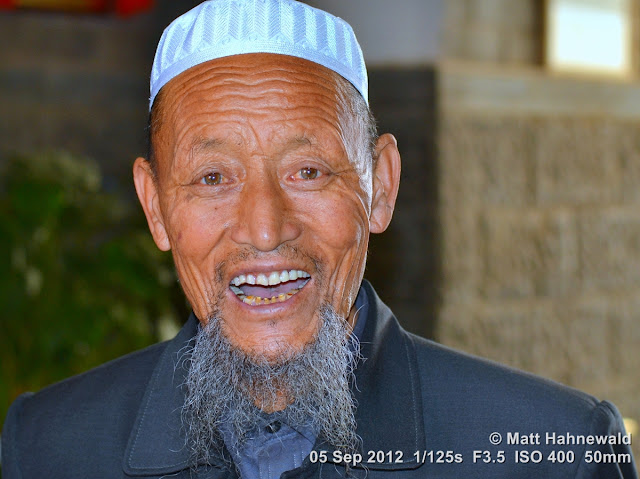An interesting, sometimes mesmerizing street portrait is
a photograph where the viewer feels that s/he can look into the soul of the subject, and relate emotionally or empathize with the subject on a human level. It's capable of bridging the gulf between
different cultures, religions, beliefs, ideologies and languages.
There is a saying: Eyes are the Window/s to the Soul. If one looks at the most famous portrait paintings in history, most of the subjects in these paintings are looking directly at the viewer. This makes it more personal, intimate, sometimes thrilling: the subjects seem to make eye contact with the viewer.
In South China, like anywhere else in the world, the street photographer's soft skills (people skills and language skills) are key: (i) to establish eye contact with one's potential subject and create non-verbal rapport, (ii) to strike up a conversation, (iii) to ask for permission, (iv) to respect one's subject's time by mastering your own equipment, and (v) to show gratitude and thank the subject. Most of all though, enjoy your time in China!
High-res portrait photographs with full exif data, geotags and technical details in Matt Hahnewald's



